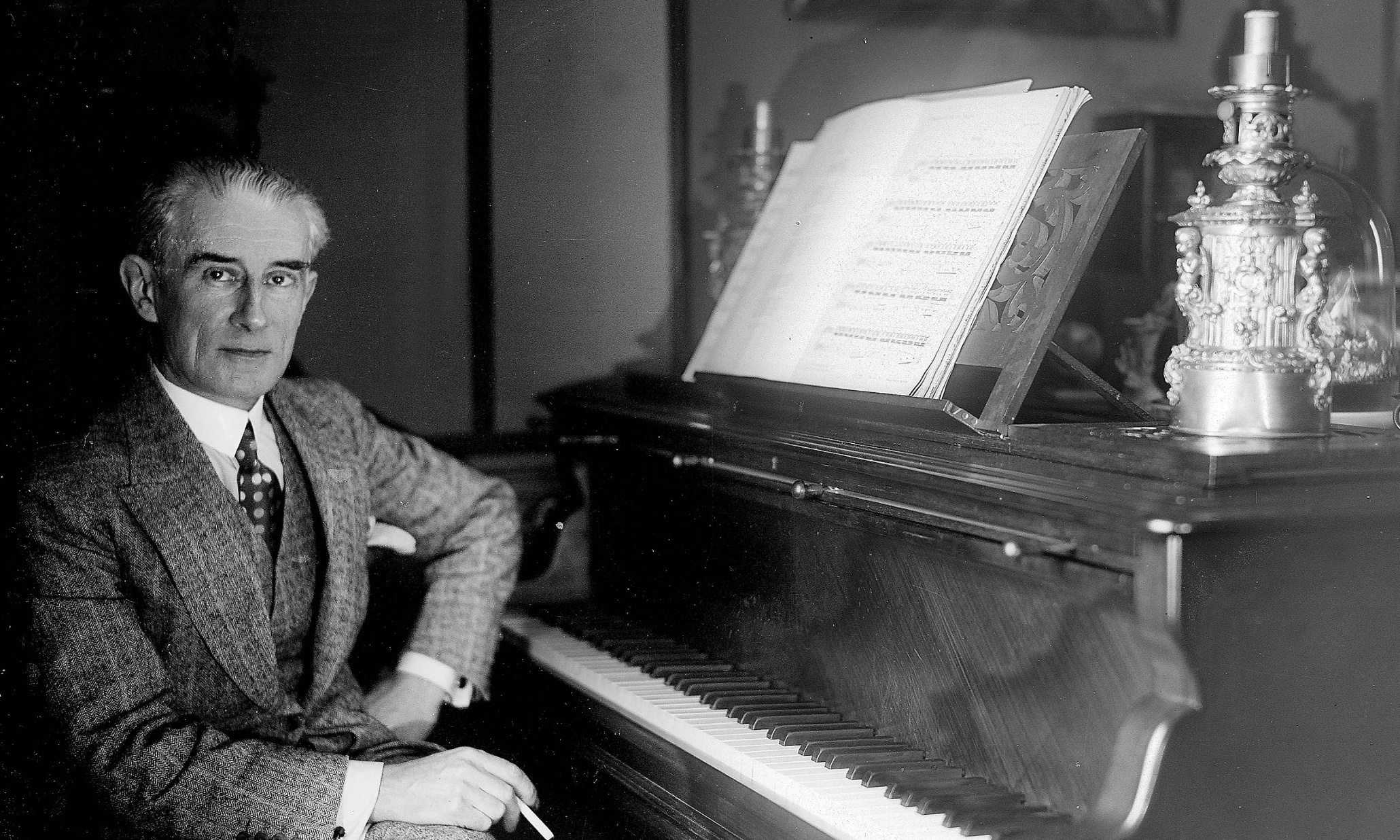————
The famous French composer, Maurice Ravel, known for his even more famous Boléro, had to wait four years before his opera work The Spanish Hour appeared on stage – mainly because of the difficulties the score caused to the orchestra and singers. It was not staged until 19 May 1911 at the Comic Opera in Paris; the audience and the critics were very surprised, which does not change the fact that The Hour was considered an ambitious and interesting work. Why the surprise?…
Ravel was a Basque of the Pyrenees by birth and that explains his love for Spanish themes; moreover, he was a passionate clock collector. Reading Michael Maurice Legrand’s comedy The Spanish Hour (published under the pseudonym Franc Nohain), where clocks are of great importance to the action, drew him in so much that he wanted to compose an opera based on this background. He used many forms of Spanish dance music, and for the singers, he intended a quick parlando, which was closer to recitation than to singing. The instrumental climax of the art is the scene taking place in a watchmaker’s shop; the composer has recreated the repeated ticking, ringing and beating of the most varied clocks, unleashing a veritable orgy of unusual sounds and their combinations, and at the same time developing musical impressionism and reviving it.
The London premiere of The Spanish Hour, eight years after the Parisian one, brought great recognition and fame to the composer, and it led the work to the greatest opera houses of the world. When it comes to Polish clock opera accents, we still have Moniuszko’s aria with
a chiming clock from The Haunted Manor… It is equally beautiful!


